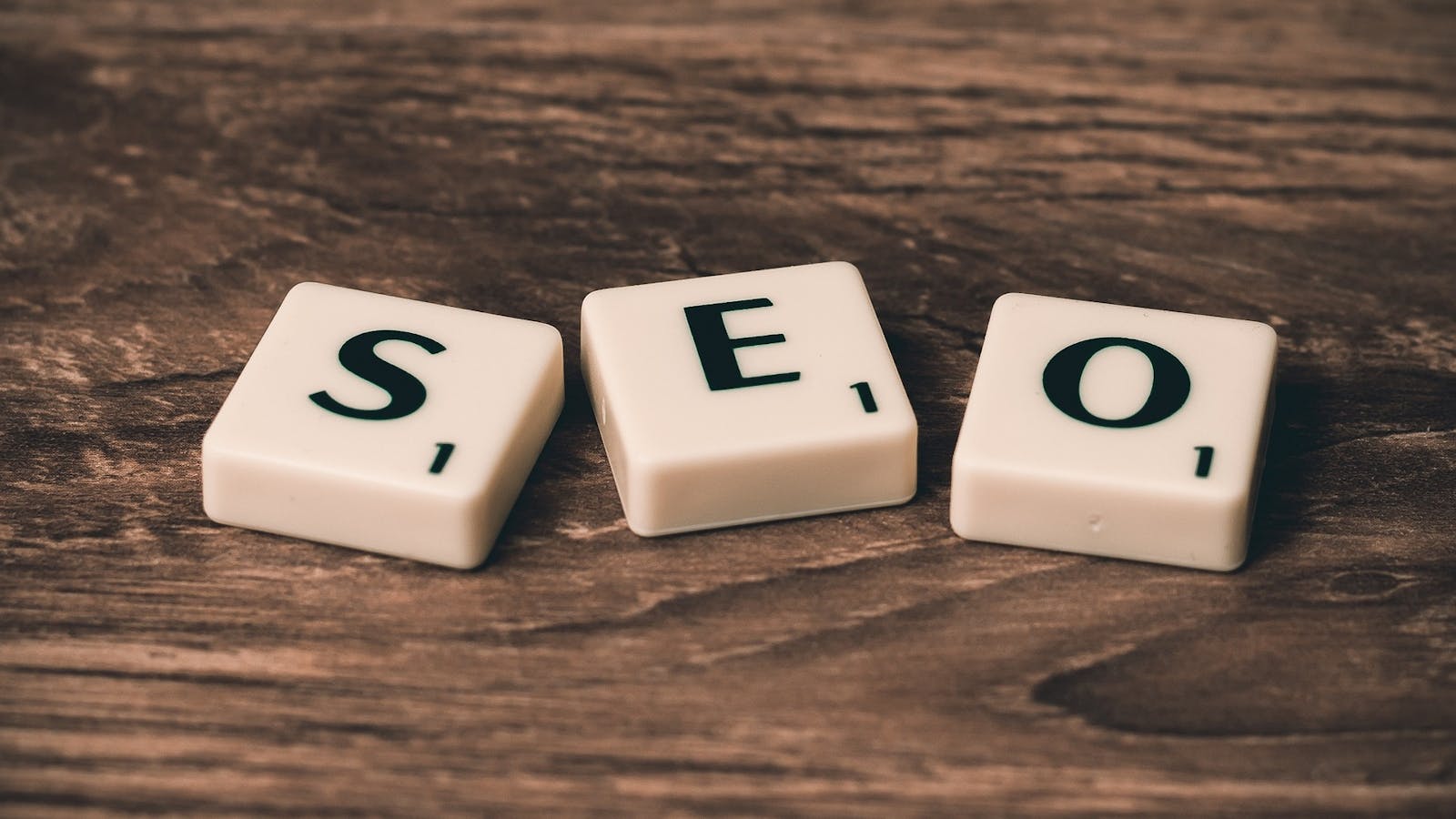
The 2025 Summer of Giving: Boosting Nonprofit Donations Through Email
Turning the Summer Slump into a Season of Impact with Strategic Email Campaigns
CP Advertising
7/2/2025
CP Advertising
7/2/2025
Summer brings the heat, vacations and a slower pace for millions of people across America, but for Christian nonprofits and advocacy organizations, it often signals a cooling down period as these groups experience a dip in donations. With supporters traveling or distracted by a busy summer calendar, giving tends to wane, threatening the momentum of critical missions like fundraising for religious liberty causes, global relief efforts, community outreach and advocacy for those in need.
Email marketing, when done thoughtfully, can keep supporters engaged and inspire generous giving—even in July’s heat. For Christian nonprofits, advocacy groups and churches alike, strategic email campaigns can turn the summer slump into a season of impact. Here’s how to leverage segmentation, storytelling and urgency to boost donations, tailored specifically for nonprofit and advocacy audiences.
The Summer Donation Challenge
As soon as that final school bell rings, giving patterns face the risk of disruption. Summer’s relaxed vibe means that families are on vacation, students are free from homework and even the most loyal supporters may miss emails or delay contributions. For Christian nonprofits and advocacy organizations, this dip can strain budgets needed for ongoing programs, from defending First Amendment rights to feeding the hungry. Churches face similar hurdles, with fewer in-person services reducing offering plate contributions. Data backs this up: July and August are the worst months to fundraise, with nonprofits bringing in less than 5% of their annual fundraising income during these summer months.
However, this challenge is also an invitation. Email remains a powerful tool to reach supporters wherever they are—whether at a beach resort or on a mission trip. By framing giving as an act of faith and embracing smart marketing principles, you can emotionally connect with busy audiences and fuel your summer giving goals.
Strategy 1: Segment Your Donor Lists for Personalized Appeals
One-size-fits-all emails rarely work, especially for diverse nonprofit audiences. Segmentation—dividing your donor list into specific groups based on behavior, interests or demographics—ensures your messages hit home. For Christian nonprofits and advocacy groups, this means tailoring appeals to supporters’ unique connections to your mission.
Start by using your donor management software to categorize supporters. Common segments include:
- Regular donors: Those who give monthly or quarterly, likely your most loyal supporters.
- Lapsed donors: Individuals who haven’t given in 6-12 months but may re-engage with the right
message.
- Event attendees: Supporters who joined recent advocacy rallies, webinars or mission trips.
- New subscribers: People who signed up for your newsletter but haven’t donated yet.
Each segment requires a distinct approach. For regular donors, express gratitude and invite them to increase their impact with a special summer gift. For lapsed donors, send a warm re-engagement email, perhaps highlighting a recent advocacy win, like a policy change your organization influenced. Event attendees might respond to emails linking their participation to giving opportunities, such as funding the next rally. New subscribers need an introduction to your mission, paired with a low-pressure ask.
For example, a Christian advocacy group focused on religious liberty could segment supporters by those who signed a recent petition. An email to this group might say, “Your signature helped protect Christian business owners—now, can you give $25 to keep this fight for religious freedom alive?” Personalization is a key way to build trust and one of the strongest ways to show supporters that their actions matter, thereby increasing the likelihood of donations.
Strategy 2: Share Compelling Impact Stories
Stories are at the heart of Christian nonprofit and advocacy work. They bridge the gap between abstract missions and tangible outcomes, making donors feel part of something bigger. In summer, when attention spans are short, a well-told story can cut through the noise and inspire giving.
Focus on a specific, recent impact. For a nonprofit providing clean water, share the story of a village transformed by a new well, including a quote from a local pastor about how it strengthened their church’s outreach. For an advocacy group, highlight a family whose religious rights were protected thanks to your legal efforts, emphasizing the human stakes. Keep stories concise—300 words or less—and pair them with visuals, like a photo of smiling children or a courtroom victory celebration. If your platform allows, embed a short video testimonial for added emotional pull.
Authenticity matters. Avoid generic appeals; instead, name real people (with permission) and specific outcomes. For instance, a Christian relief organization might write, “Because of donors like you, Maria in Honduras received emergency food aid after a hurricane, allowing her family to rebuild.” Tie the story to summer giving by explaining how donations now will have a similar impact. This approach not only motivates giving but also reinforces your organization’s credibility and stewardship.
Churches can adopt this strategy, too. A congregation might share how last summer’s donations funded a youth camp, complete with a camper’s testimony about finding faith after being invited by a friend. By showing donors their gifts make a difference, you create a cycle of trust and generosity.
Strategy 3: Create Urgency in Your Emails
Urgency is a proven driver of action, but for values-driven organizations, it must feel genuine, not manipulative. Summer’s time-sensitive needs—such as funding a back-to-school drive or an advocacy campaign before a legislative deadline—provide natural opportunities to create urgency.
In your emails, clearly state the need and deadline. For example, a nonprofit supporting refugees might write, “We’re $10,000 short of our goal to provide school supplies for 500 refugee children by July 20. Can you give today?” Prioritize action-oriented language, like “Act now” or “Donate today before it’s too late,” while keeping the tone hopeful and faith-driven. Highlighting a specific goal, like “100 donors by July 15,” adds clarity and motivation.
Visual cues amplify urgency. Include a progress bar showing how close you are to your goal or a countdown timer for a mid-July deadline. These elements work well in email platforms like Mailchimp or Constant Contact, which offer dynamic content options. For advocacy groups, tie urgency to external events, such as, “Congress votes on this bill July 25—your gift today fuels our advocacy to protect religious freedoms.”
Balance urgency with encouragement. Remind supporters that every gift, no matter the size, advances God’s work. A line like, “Your $10 gift can provide a Bible for a new believer,” makes giving feel accessible and impactful.
Crafting Effective Email Content
Great strategies need great execution. Here’s how to ensure your summer emails stand out:
- Subject lines: Grab attention with faith-based, action-oriented phrases, like “Your Gift Spreads Hope This Summer” or “Urgent: Help Us Reach 200 Kids by July 20.” Keep them under 60 characters to ensure they’re optimized for mobile.
- Design: Use clean, mobile-friendly templates with bold headings, short paragraphs and one clear call-to-action (e.g., a “Donate Now” button). Ensure donation links are secure and easy to use.
- Tone: Reflect Christian values of generosity, community and hope. Avoid guilt-tripping; instead, inspire with phrases like, “Together, we can make a difference.”
- Frequency: Send 2-3 emails per campaign, spaced a few days apart, to build momentum without overwhelming supporters. Remember: nobody likes a spammer.
- Testing: Test your emails to optimize results. Try A/B testing subject lines or send times to see what resonates with your audience. Track open rates, click-thru rates and donations to refine future campaigns.
Post-Campaign Follow-Up
Don’t let the campaign end with a donation. Follow-up emails strengthen relationships and set the stage for future giving. Within 48 hours of a gift, send a personalized thank-you email. Include a brief update, like, “Your gift helped us provide 24 pairs of shoes to children in need!” If possible, segment follow-ups based on donation size or type (e.g., first-time vs. recurring donors).
Go beyond thanks. Invite donors to stay engaged through summer events, volunteer opportunities or social media. For advocacy groups, share updates on campaign outcomes, like, “Thanks to you, our petition reached 25,000 signatures!” Churches might invite donors to a family picnic or prayer night, reinforcing community ties.
Conclusion
Summer’s donation dip doesn’t have to derail your mission. By leveraging email marketing with segmentation, compelling stories and strategic urgency, Christian nonprofits, advocacy groups and churches can inspire supporters to give generously. Start small: pick one strategy, test a campaign and track results. Every email is a chance to connect with your audience, share your impact and further God’s work. As you plan your summer campaigns, remember that each gift—no matter how small—reflects a heart moved by your mission. Seize this season to build stronger relationships and sustain your cause for the months ahead.
Contact us today to start building powerful email campaigns that connect, inspire and drive donations. Let’s make this summer your most impactful yet!


